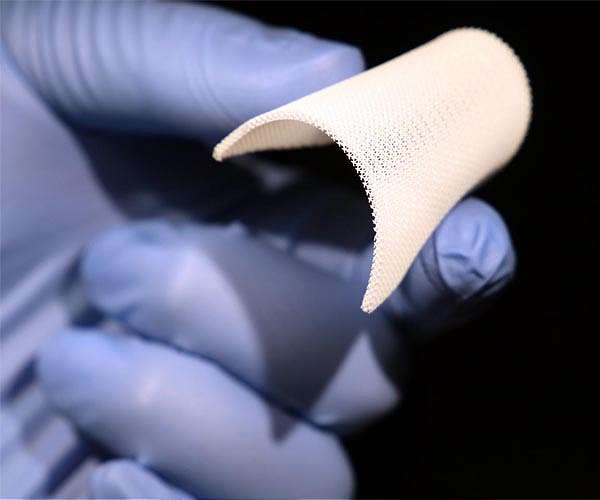Development of smart 3D energy devices with radiant cooling and solar absorption
A team of researchers from Daegu Gyeongbuk Institute of Science and Technology (DGIST), led by Professor Bonghoon Kim from the Department of Robotics and Mechatronics Engineering, has introduced a “3D Smart Energy Device” with both reversible heating and cooling capabilities. This innovative project was developed in collaboration with Professor Bongjae Lee from the Department of Mechanical Engineering at KAIST and Professor Heon Lee from the Department of Materials Science and Engineering at Korea University. The international magazine *Advanced Materials* recognized its importance and featured this device as its cover story.
With heating and cooling accounting for almost half of global energy demand, their impact on the environment is significant, especially as they contribute to global warming and air pollution. To address this, devices using solar absorption and radiant cooling have been explored as sustainable alternatives. However, many current systems are limited in function, providing only heating or cooling, and most large-scale deployments lack flexibility.
Professor Kim’s team has addressed these limitations with the ‘3D Smart Energy Device’, designed to enable both heating and cooling in a single structure. The device works via an innovative mechanism: when the 3D structure is opened via a mechanical peeling technique, a lower layer composed of silicone elastomer and silver becomes visible, which allows radiation cooling. Conversely, when the structure closes, a black painted surface captures the sun’s heat, creating a warming effect.
Extensive testing on a variety of substrates – including skin, glass, steel, aluminum, copper and polyimide – has demonstrated the device’s adaptable thermal properties. By adjusting the angle of the 3D structure, the team was able to successfully control the heating and cooling performance of the device, marking a promising step toward energy-efficient solutions for climate control in buildings and electronic devices at different scales .
“We are honored that our research has been selected for the cover article of such a prestigious journal,” said Professor Bonghoon Kim. “We want to ensure that these findings are applied in industrial and building environments to help reduce energy consumption.”
Research report:Reversible solar heating and radiant cooling devices via mechanically guided assembly of 3D macro/microstructures


